Affiliate links on Android Authority may earn us a commission. Learn more.
Will Windows 10 S laptops take down Chromebook's US education market?
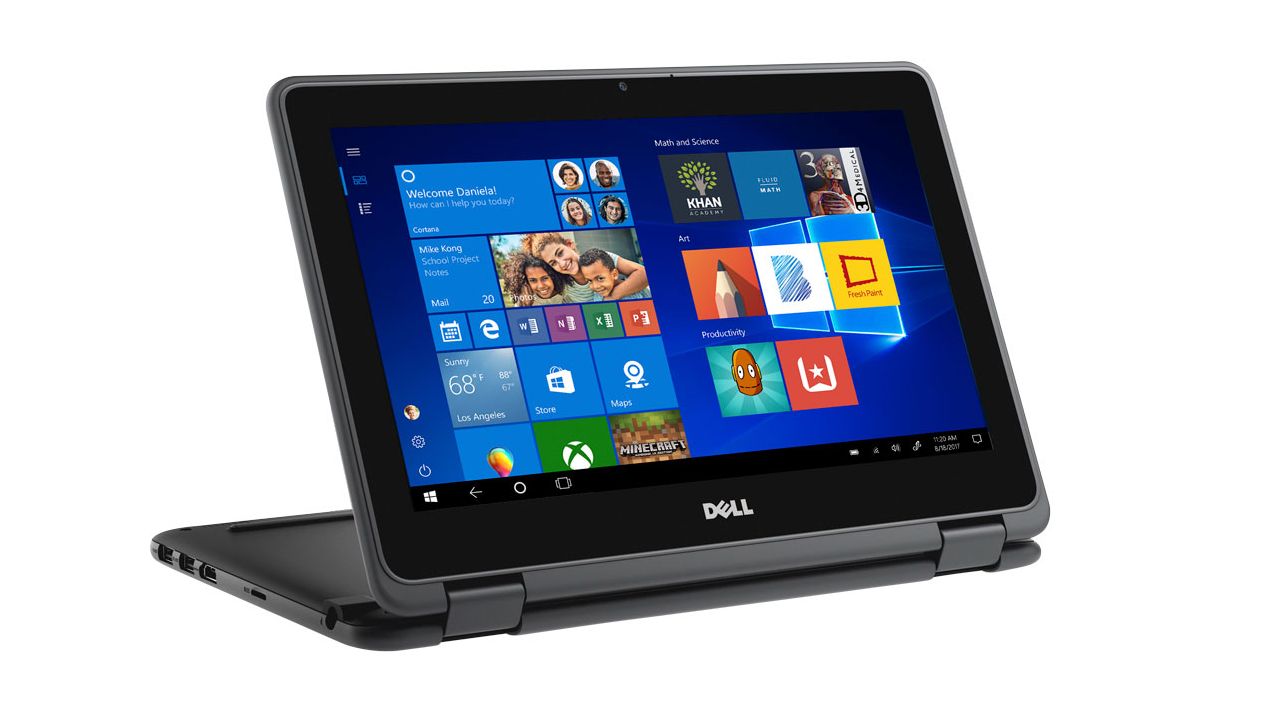
While sales of Chromebooks have not been able to make much of a dent in the consumer or business PC market against the mighty Windows juggernaut, Google has found a pretty big audience for the low-cost laptops that run Chrome OS; schools. Sales for Chromebooks have been huge for that market, particularly in the US.
A recent report from the research firm Futuresource Consulting claims that in 2016, 58 percent of the 12.6 million mobile devices shipped to primary and secondary schools in the US were Chromebooks. 22 percent of those devices were Windows-based laptops and tablets, according to the report, while Apple’s Mac and iPad products claimed 19 percent of the US school market.
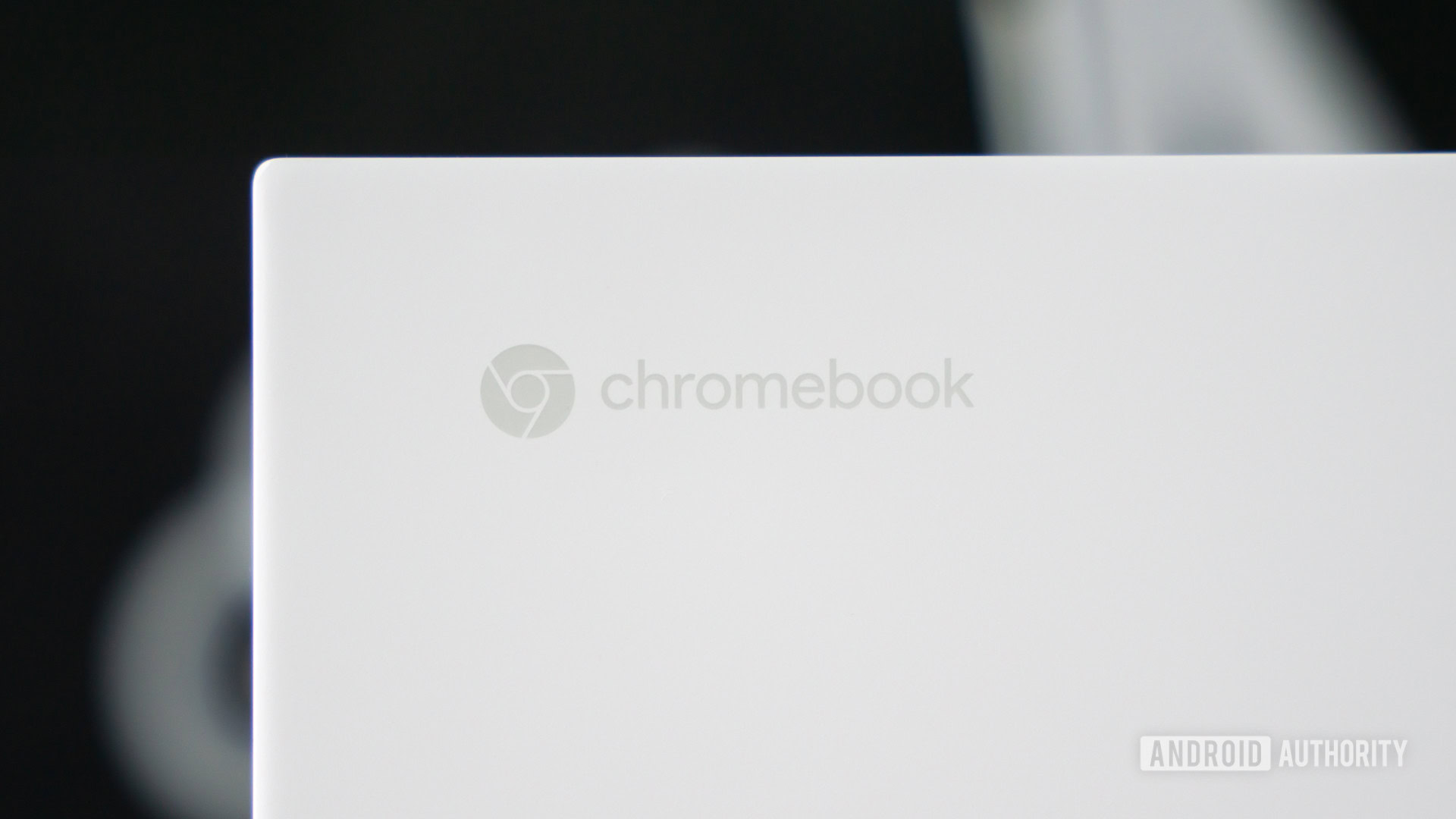
Microsoft has tried in the past to push Windows-based laptops and tablets to schools in order to combat the rise in the popularity of Chromebooks. The company has made a number of different efforts on this front, including offering a lower-cost version of Windows 8.1 for OEMs that had Bing set up as the default search engine. However, none of those programs seemed to have stopped Chromebooks from being used in more US schools.
Today, Microsoft announced its biggest effort yet to take down Chromebooks in schools with the announcement of the Windows 10 S operating system, along with new low-cost laptops that will run the OS from a number of third-parties.
Windows 10 S: What the heck is it?
In basic terms, if you use a Windows 10 S laptop, you have to download all of your apps from the Windows Store
So what is Windows 10 S, and how is it different from the regular versions of Windows 10? In basic terms, if you use a Windows 10 S laptop, you have to download all of your apps from the Windows Store. You won’t be able to download or install PC apps from any other source. This is because Microsoft wanted to make Windows 10 S safer and easier to use for teachers, so they would not have to worry as much about malware infecting laptops.
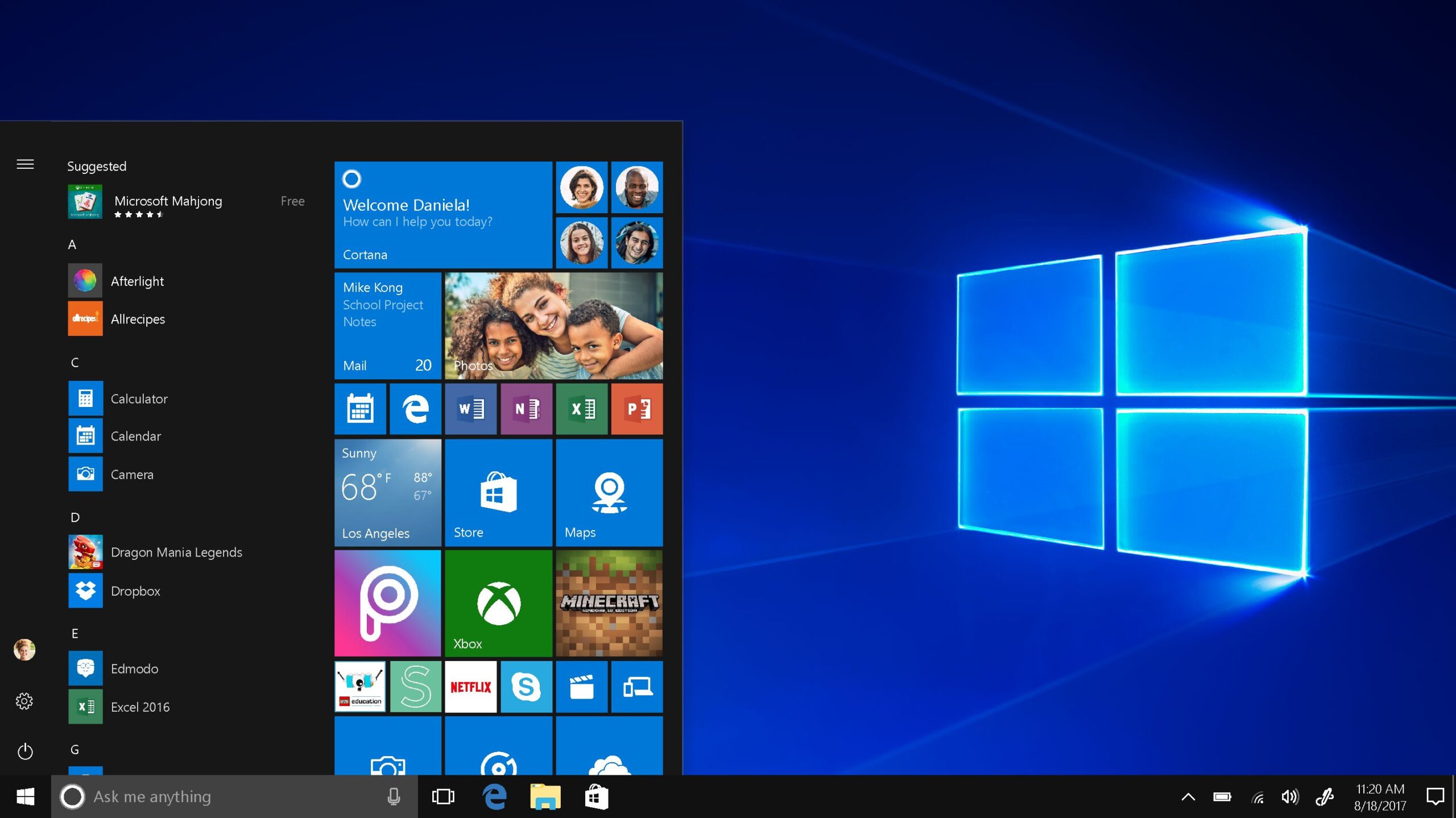
In some respects, Windows 10 S will be similar to Microsoft’s failed Windows RT, which launched in 2012 with its first Surface RT tablet. It could also only use apps from the Windows Store. Unlike Windows RT, Windows 10 S can run desktop apps as well; they just need to be published in the Windows Store. Also, unlike Windows RT, Windows 10 S can be upgraded to the full Windows 10 Pro version, which will allow it to install PC apps from any source. That upgrade could be free or the customer may have to pay a fee of $49, depending on certain conditions.
Microsoft will not offer a stand alone version of Windows 10 S; it will only be available pre-loaded on laptops. Today, the company announced that the first such laptops will go on sale later this summer from a number of different OEMs, including Acer, ASUS, Dell, Fujitsu, HP, Samsung, and Toshiba, and they will be priced as low as $189. (Lenovo, the world’s biggest PC maker, was oddly not listed as one of the Windows 10 S launch partners).
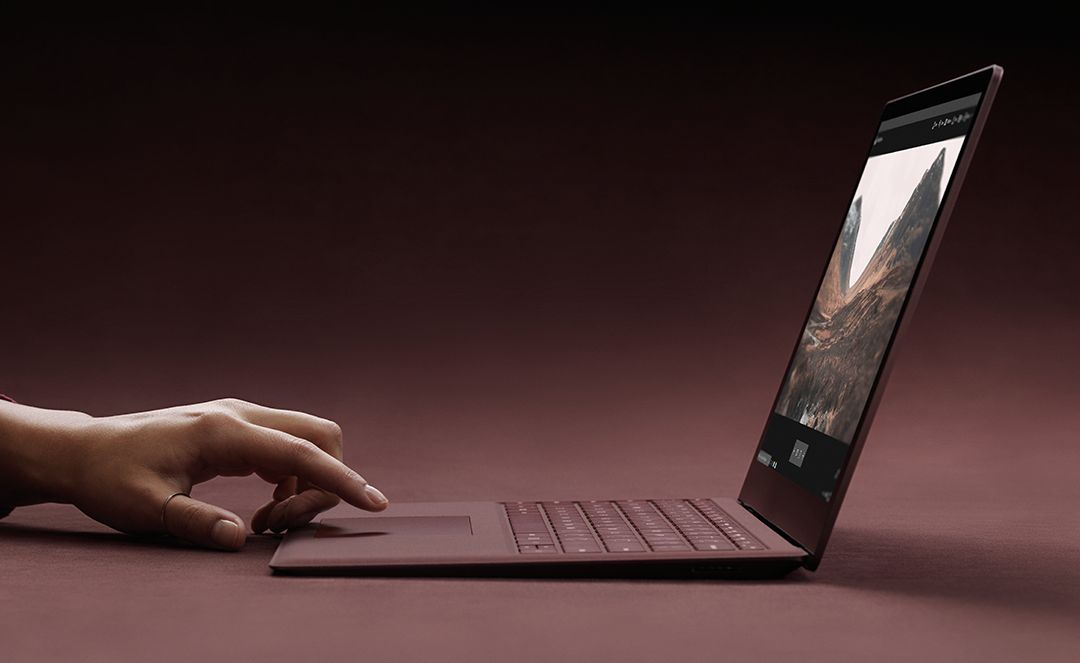
Microsoft is also launching its own first-party standard (not a 2-in-1 or convertible) laptop with Windows 10 S, the Surface Laptop. However, this notebook is definitely not targeting US primary or secondary students; it is a high-end laptop that’s just 2.76 pounds and is 14.47mm thick, with over 14 hours of battery life. It will go on sale June 15 for the starting price of $999.
Microsoft’s other big education carrots
Microsoft is not just offering a lower cost and safer version of Windows 10 to schools. It will also provide some other new features and special offers to education customers. If their PCs are running older versions of any Pro SKU of Windows, they can upgrade them to Windows 10 S for free. In addition, the company is offering schools free one-year access to Minecraft Education Edition as well as Office 365 for Education with Microsoft Teams.
The full version of Office 365 (Word, Excel and PowerPoint) will also be available from the Windows Store sometime this summer. This will be the full desktop app experience, rather than the one available on the Android and other mobile versions. Microsoft is also supposed to make it easier for school IT admins to install Windows 10 S with the new Set Up School PC app. It will allow them to set up such a PC with a USB stick, claiming that it will take less than 30 seconds per device to get it ready to run.
Windows 10 S and Chrome OS: Fight!
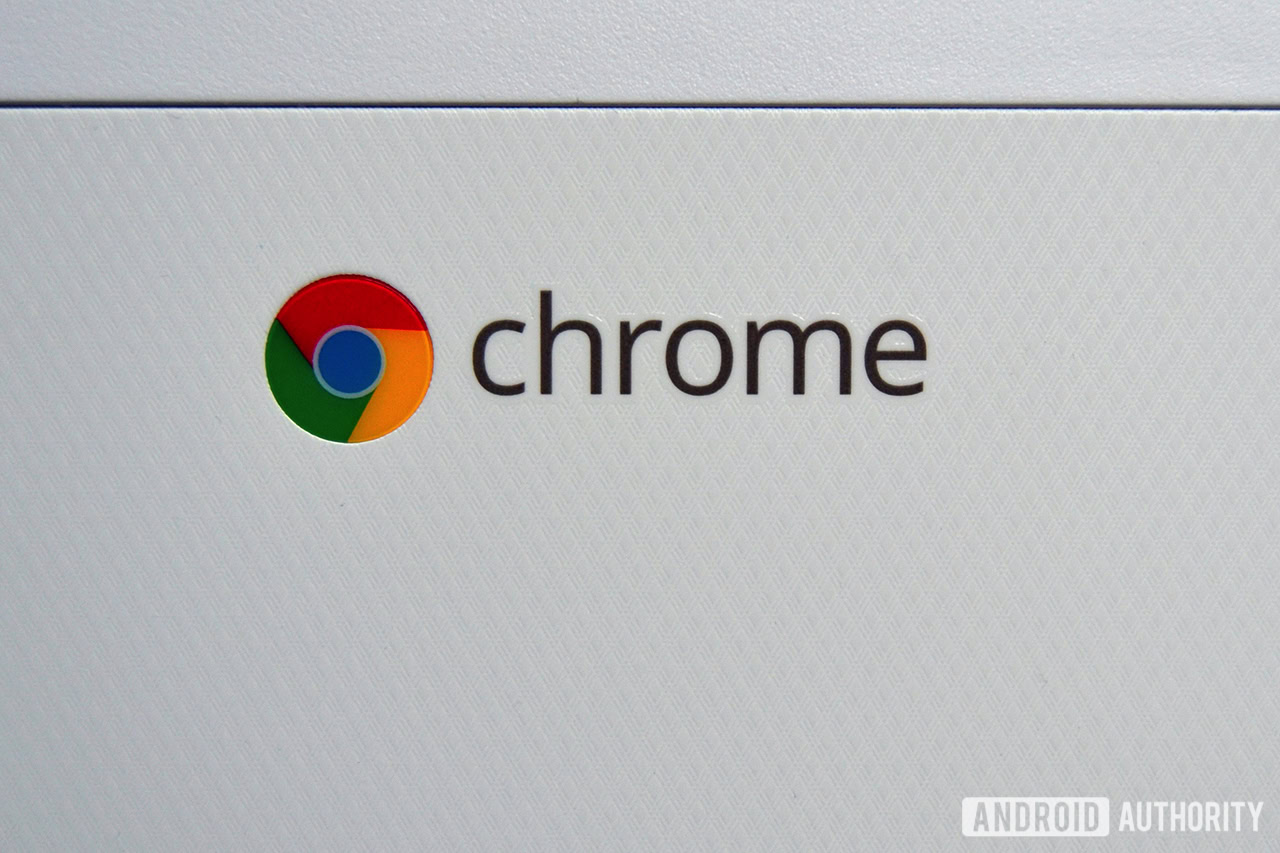
Microsoft never mentioned Google, Chrome OS or Chromebooks during today’s Windows 10 S event, but the message was clear. The folks in Redmond, Washington are not going to let the Mountain View crew take over the US education market without a fight. The big question is whether or not Microsoft can stem the current tide that seems to be leaning in the direction of Chromebooks.
The folks in Redmond, Washington are not going to let the Mountain View, California crew take over the US education market without a fight.
It’s very likely that we will learn a lot more about Google’s future plans for Chromebooks and Chrome OS in just a couple of weeks as part of its Google I/O 2017 developer conference. However, we do think it’s very odd that Microsoft is offering a version of Windows 10 that can’t install legacy apps from anywhere outside the Windows Store while Google is, at the same time, trying to actually expand the features of Chrome OS.
In 2016, Google confirmed its plans for Chrome OS to run the over 1 million Android apps that are available in the Google Play Store. So far, four Chromebooks can officially run Android apps with the stable version of Chrome OS, but over the next several months, that support will likely grow to cover many more older and new Chromebook models. The fact that those devices will have access to many, many more apps that are currently available on the Windows 10 is a huge plus in Google’s favor.
On the other hand, any apps that are downloaded from the Windows Store to a Windows 10 S laptop will be optimized to run on that OS. At the moment, there are not many Android apps that are currently optimized to run well on a Chromebook. While Chromebook Android performance will certainly see some improvements in the coming months, apps on Windows 10 S will almost certainly run better for the time being
Another thing to keep in mind is that, at the moment, we don’t know what the performance or battery life will be like with these new Windows 10 S laptops. Depending on their hardware specs, they may not offer that much of a difference compared to Chromebooks. We should learn a lot more about these devices when they actually launch this summer.
Finally, we don’t know yet how strict Microsoft will be in terms allowing developers to publish their Windows-based desktop apps in the Windows Store for this new OS. It’s possible that some popular Windows apps may not be allowed to be published in the store. Microsoft did say in a blog post that “Windows 10 S can run any browser in the Windows Store” but we will have to wait and see if Google’s popular Chrome browser will be allowed to be released in that store, to compete with Windows 10 S’s own Microsoft Edge browser.

Conclusion
There’s no doubt that Microsoft wants primary and secondary students to get their hands on Windows products in the classroom, because they would likely also choose Windows-based PCs when they go to college or enter the work space. The company sees the popularity of Chromebooks and Chrome OS as a threat to those plans. However, we do think that Microsoft’s response to offer a slightly dumbed down version of Windows 10 may backfire, as many schools will likely want to have the freedom to download apps from any source.
Only time will tell if schools will take Microsoft’s big carrot and pick Windows 10 S laptops over Chromebooks. However, we also don’t expect Google to just lie down and die, and we may get some Chrome OS education announcements as well, and very soon.
In the meantime, what do you think of Microsoft’s new education market strategy with Windows 10 S? Will it be a worthy competitor to Google and Chromebooks? Let us know your thoughts in the comments!